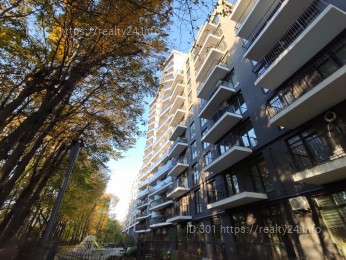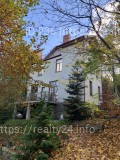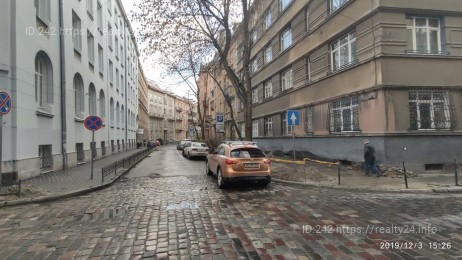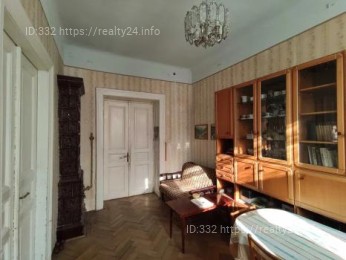Valencia - Buy, Rent or Find Realty and Services...

Valencia is a city in Spain, the capital of the autonomous community of Valencia and the province of the same name[6]. The third most populous city in Spain after Madrid and Barcelona. It is located at the mouth of the partially dried Turia River into the Mediterranean Sea.
Geography
The city of Valencia is located on the Mediterranean coast of the Iberian Peninsula, on a large alluvial plain of the Júcar and Turia rivers, in the very center of the Gulf of Valencia. The primitive city was located about four kilometers from the sea, on the river island of Turia. The closest mountains to the city are some of the last foothills of the Iberian system in the Valencian Community, such as El Puig and Sierra Calderona.
History
Valencia (Taifa) and Valencia (kingdom)
The city was founded by the Romans in 138 BC, although there were earlier Greek and Carthaginian settlements on the site of the city. In the 1st century BC. In 413, the city was besieged and captured by the Lusitanians, who practically destroyed the settlement. Soon after the defeat of the uprising, the Roman consul Decimus Junius Brutus Callaicus rebuilt the city and named it Valentia, which, in addition to the direct translation of strength, fortress[7], also meant a good omen. The heyday of ancient Valencia falls on the reign of Emperor Augustus - during this period, the new colony began to rapidly develop in the cultural and commercial sphere, which was facilitated by its location on the important trade route Via Sucronense.
The Roman period of Valencia's history ended in 413, when Valencia was captured by the Visigoths (other Roman fortresses in the region, in particular Saguntum, also fell at that time).
.....
In 1808-1812, during the Spanish struggle against Napoleon Bonaparte, Valencia heroically repelled the onslaught of the French troops, as evidenced, in particular, by the shell-riddled Quart Towers, one of the city's gates. However, in 1812, the city's resistance was finally broken and the city was under French rule for a short time (until mid-1813).
In the mid-19th century, a general economic revival (mainly due to the citrus and rice trade) allowed for significant transformations that changed the appearance of Valencia. In 1865, the fortress walls that had held back the city's growth were torn down.
During the Spanish Civil War of 1936-1939, the city was the seat of the Republican government, effectively the temporary capital of Spain.
Administrative divisions
Main article: Administrative divisions of Valencia
Administrative divisions of Valencia
The city is divided into 19 administrative districts (Spanish: distritos), which in turn are divided into subdistricts (Spanish: barrios). Some of the districts and subdistricts of Valencia were previously independent municipalities that were annexed to the city in the second half of the 19th century. In particular, these are the subdistricts of Beniferri, Benimamet, Patras and Ruzafa, which appear in the 1877 census as part of Valencia; Els Orriols - since 1887; Borbo, Campanar, Majuela, Pueblo Nuevo del Mar and Villanueva del Grao - in the 1897 census; Benifaraig, Carpeza and Mazarroch - in the 1900 census.
Economy
Historically, the city was a center of the textile industry and trade. Nowadays, there are many industrial enterprises in the vicinity of Valencia, including the Ford plant. The city is also a center of tourism.
In 1933, the airport was opened, ranking 11th in terms of passenger traffic in Spain.[8] The Port of Valencia is one of the largest ports in Spain.[9]
The city is mainly Spanish-speaking, but the government promotes the Valencian language. The population is growing largely due to immigration. 1,550,887 people live in the Valencia agglomeration.
Education
There are four universities in Valencia. Two of them are public. The largest of them are the Polytechnic University of Valencia (UPV) and the University of Valencia, founded in 1499. The Royal Academy of Arts of San Carlos is also located here.
Places of interest
The city is rich in places of interest - a huge Gothic cathedral (where the cup, recognized by the Catholic Church in the person of the Pope as the Holy Grail, is kept) with a bell tower known as "Miguelete", ancient churches, richly decorated outside and inside, fragments of city fortifications, including several impressive gates, the medieval Gothic building of the silk exchange La Lonja, the Baroque Palace of Justice, old urban development, elegant buildings of the 19th - early 20th centuries in the Art Nouveau style (Central Market, railway station, post office), museums, a modern zoo and an oceanarium. Valencia has been a World Heritage Site since 1996.








